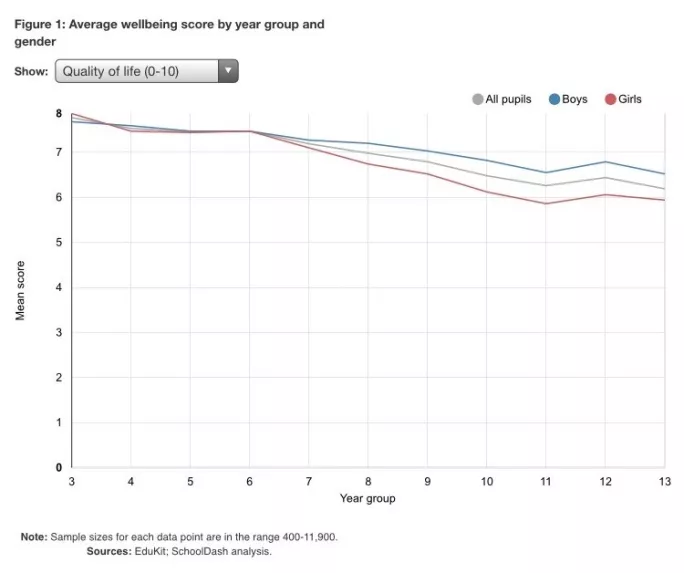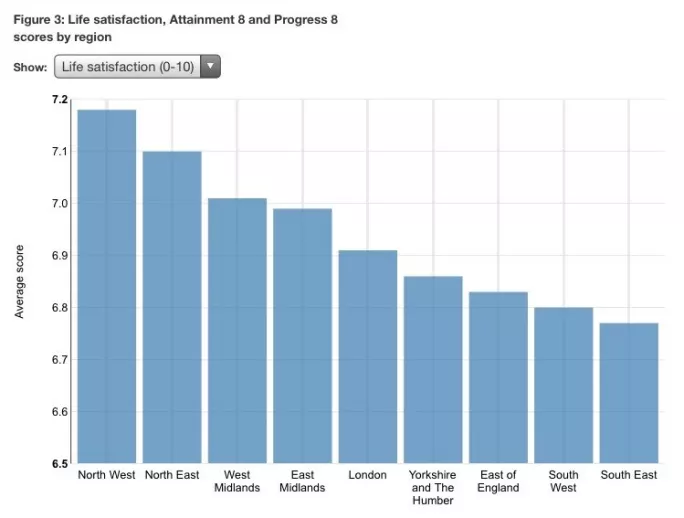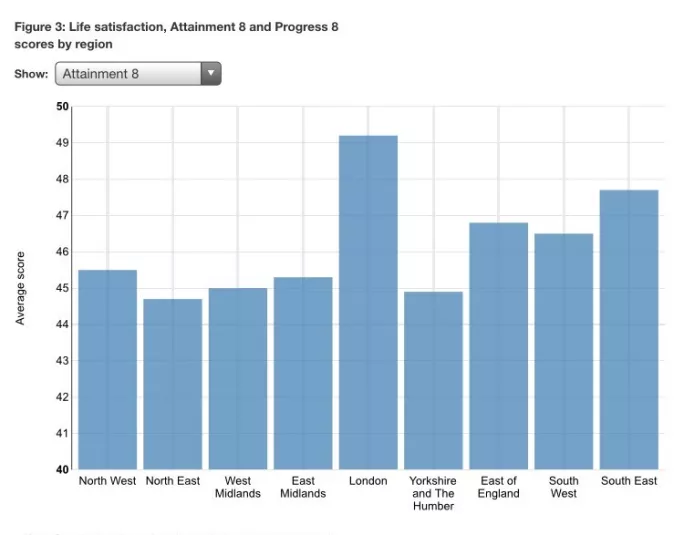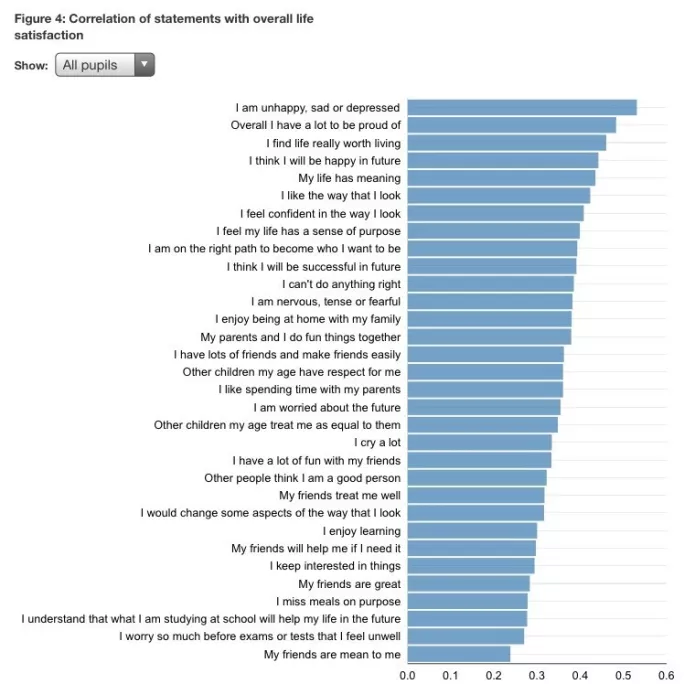- Home
- Revealed: Where, when and why your pupils are happiest
Revealed: Where, when and why your pupils are happiest

A study has revealed that pupils’ life satisfaction declines in secondary school, with girls’ satisfaction declining faster than boys’ when they leave primary school.
The research, by education data website SchoolDash and school survey website Edukit, found that while pupils’ life satisfaction is relatively high in Year 3 - with pupils reporting an average score of 7.8 out of 10 - by Year 7 the average score had fallen to 7.2.

The data is based on responses from 45,000 pupils in England between autumn term 2018 and summer term 2019.
Girls’ happiness also declines faster than boys’ between Years 7 and 8. While boys have an average score of 7.2 in Year 8, the girls’ average falls to 6.7. Timo Hannay, managing director of SchoolDash, noted that this period corresponds with the start of secondary school and the onset of puberty.
Related: ‘Students are less mentally ill once GCSEs are over’
News: New GCSEs and A levels ‘damage mental health’
Wellbeing: How to be a happy teacher
The gender gap in wellbeing opens up as pupils progress through secondary school - by Year 12, they are 0.7 points apart, with the boys’ average at 6.8 and the girls’ at 6.1. However, this gap closes slightly in Year 13 to 0.5 points, as all pupils feel even less happy (6.5 for boys and 5.9 for girls).
The average wellbeing scores for both girls and boys drop to their lowest points in Years 11 and 13, when pupils are most likely to take national exams.
The survey also found variations in reported wellbeing depending on region.
Pupils in the North West of England reported the highest average levels of life satisfaction - 7.18 out of 10 - while their peers in the South East had the lowest levels with 6.77.

Mr Hannay said this was surprising given that the North West has comparatively low levels of attainment under the Attainment 8 and Progress 8 measures, while the South East does well, suggesting that “life satisfaction is neither a driver nor a consequence of academic success”.

The only outlier was London, which has the highest levels of attainment but middling levels of life satisfaction.
When pupils were surveyed with more detailed questions about what contributed to their life satisfaction, the study found some differences in the underlying reasons behind boys’ and girls’ happiness.
The statements that best predicted all pupils’ life satisfaction were ‘I am unhappy, sad or depressed’, ‘Overall I have a lot to be proud of’ and ‘I find life really worth living.’

Both genders prioritised the importance of their looks, with the statement “I like the way that I look” coming sixth as an important factor in life satisfaction for both boys and girls.

However, boys were more likely to prioritise how other children saw them as a factor in their life satisfaction than girls.
For boys, the statements “Other children my age have respect for me” and “I have lots of friends and make friends easily” were rated more highly in terms of their correlation with life satisfaction than they were for girls.

Statements related to personal anxiety had a stronger correlation with life satisfaction for girls. Statements such as “I am nervous, tense or fearful” and “I am worried about the future” were more strongly correlated with girls’ happiness than boys’.
Primary school pupils were also more likely to be influenced by friendships, whereas secondary pupils gave more weight to family relationships.
Register with Tes and you can read two free articles every month plus you'll have access to our range of award-winning newsletters.
Keep reading with our special offer!
You’ve reached your limit of free articles this month.
- Unlimited access to all Tes magazine content
- Save your favourite articles and gift them to your colleagues
- Exclusive subscriber-only stories
- Over 200,000 archived articles
- Unlimited access to all Tes magazine content
- Save your favourite articles and gift them to your colleagues
- Exclusive subscriber-only stories
- Over 200,000 archived articles



